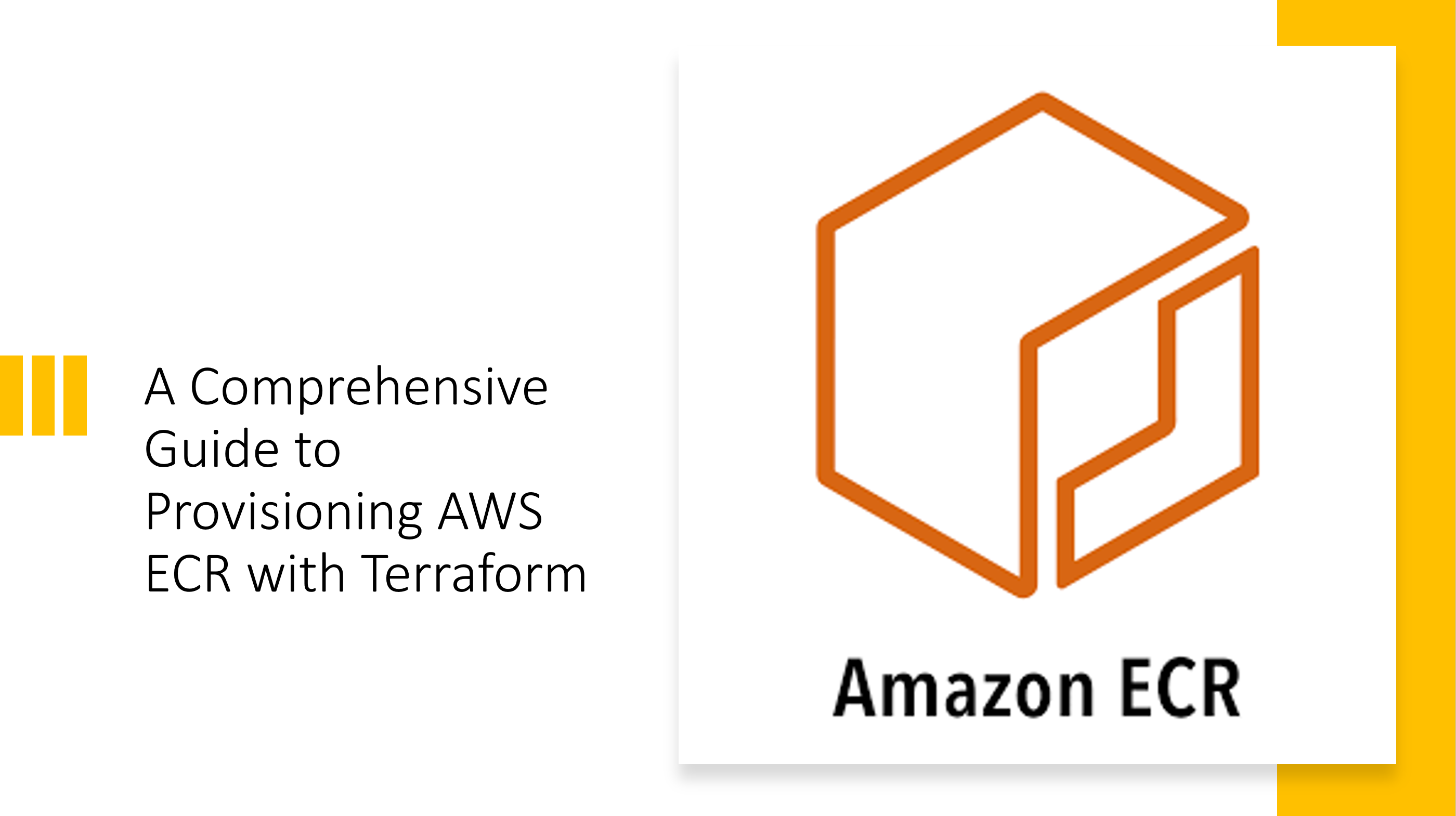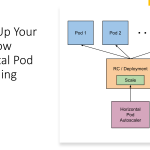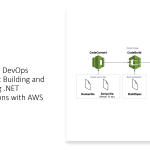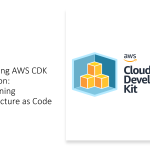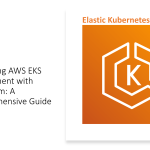Introduction: Amazon Elastic Container Registry (ECR) is a fully managed container registry service provided by AWS. It enables developers to store, manage, and deploy Docker container images securely. In this guide, we’ll explore how to provision a new AWS ECR using Terraform, a popular Infrastructure as Code (IaC) tool. We’ll cover not only the steps for setting up ECR but also delve into additional details such as IAM policies and permissions to ensure secure and efficient usage.
Getting Started with AWS ECR: Before we dive into the Terraform configurations, let’s briefly go over the basic concepts of AWS ECR and how it fits into the containerization ecosystem:
- ECR Repository: A repository in ECR is essentially a collection of Docker container images. It provides a centralized location for storing, managing, and versioning your container images.
- Image Lifecycle Policies: ECR supports lifecycle policies, allowing you to automate image cleanup tasks based on rules you define. This helps in managing storage costs and keeping your repository organized.
- Integration with Other AWS Services: ECR seamlessly integrates with other AWS services like Amazon ECS (Elastic Container Service) and Amazon EKS (Elastic Kubernetes Service), making it easy to deploy containerized applications on AWS.
Provisioning AWS ECR with Terraform: Now, let’s walk through the steps to provision a new AWS ECR using Terraform:
- Setting Up Terraform Environment: Ensure you have Terraform installed on your system. You can download it from the official Terraform website or use a package manager.
- Initializing Terraform Configuration: Create a new directory for your Terraform project and initialize it with a
main.tffile. Insidemain.tf, add the following configuration:
provider "aws" {
region = "your-preferred-region" #i usually use eu-west-1 (ireland)
}
resource "aws_ecr_repository" "my_ecr" {
name = "linxlab-ecr-demo" #your ecr repository name
# Additional configuration options can be added here
}
Replace "your-preferred-region" with your desired AWS region.
3. Initializing Terraform: Run terraform init in your project directory to initialize Terraform and download the necessary providers.
4. Creating the ECR Repository: After initialization, run terraform apply to create the ECR repository based on the configuration defined in main.tf.
5. Accessing the ECR Repository: Once the repository is created, Terraform will provide the necessary output, including the repository URL and other details.
IAM Policies and Permissions: To ensure secure access to your ECR repository, it’s essential to configure IAM policies and permissions correctly. Here’s a basic IAM policy that grants necessary permissions for managing ECR repositories:
{
"Version": "2012-10-17",
"Statement": [
{
"Effect": "Allow",
"Action": [
"ecr:GetDownloadUrlForLayer",
"ecr:BatchGetImage",
"ecr:BatchCheckLayerAvailability",
"ecr:PutImage",
"ecr:InitiateLayerUpload",
"ecr:UploadLayerPart",
"ecr:CompleteLayerUpload"
],
"Resource": "arn:aws:ecr:your-region:your-account-id:repository/my-ecr-repository"
}
]
}
Make sure to replace "your-region" and "your-account-id" with your AWS region and account ID, respectively.
Conclusion: In this guide, we’ve covered the process of provisioning a new AWS ECR using Terraform, along with additional details such as IAM policies and permissions. By following these steps and best practices, you can efficiently manage container images and streamline your containerized application deployment workflow on AWS. Experiment with different configurations and integrations to tailor your ECR setup according to your specific requirements and preferences.
Happy containerizing!
Additional References:
1. AWS ECR Documentation:
- Amazon ECR User Guide – This comprehensive guide provides detailed information about Amazon ECR, including getting started guides, best practices, and advanced topics.
- Amazon ECR API Reference – The API reference documentation offers a complete list of API actions, data types, and error codes available for interacting with Amazon ECR programmatically.
2. Terraform AWS Provider Documentation:
- Terraform AWS Provider Documentation – The official Terraform AWS provider documentation provides detailed information about the AWS provider, including resource types, data sources, and configuration options.
- Terraform AWS Provider GitHub Repository – The GitHub repository contains the source code for the Terraform AWS provider. You can browse the source code, file issues, and contribute to the development of the provider.
3. AWS CLI Documentation:
- AWS Command Line Interface User Guide – The AWS CLI user guide offers comprehensive documentation on installing, configuring, and using the AWS CLI to interact with various AWS services, including Amazon ECR.
- AWS CLI Command Reference – The command reference documentation provides detailed information about all the available AWS CLI commands, including parameters, options, and usage examples.
4. IAM Policies and Permissions:
- IAM Policy Elements Reference – The IAM policy elements reference documentation explains the structure and syntax of IAM policies, including policy elements such as actions, resources, conditions, and more.
- IAM Policy Examples – The IAM policy examples documentation provides a collection of example IAM policies for various AWS services, including Amazon ECR. You can use these examples as a starting point for creating custom IAM policies to manage access to your ECR repositories.
5. AWS CLI ECR Commands:
- AWS CLI ECR Command Reference – The AWS CLI ECR command reference documentation lists all the available commands for interacting with Amazon ECR via the AWS CLI. Each command is accompanied by a detailed description, usage syntax, and examples.
By leveraging these additional references, you can deepen your understanding of AWS ECR, Terraform, IAM policies, and AWS CLI commands, empowering you to efficiently manage your containerized applications and infrastructure on AWS.
